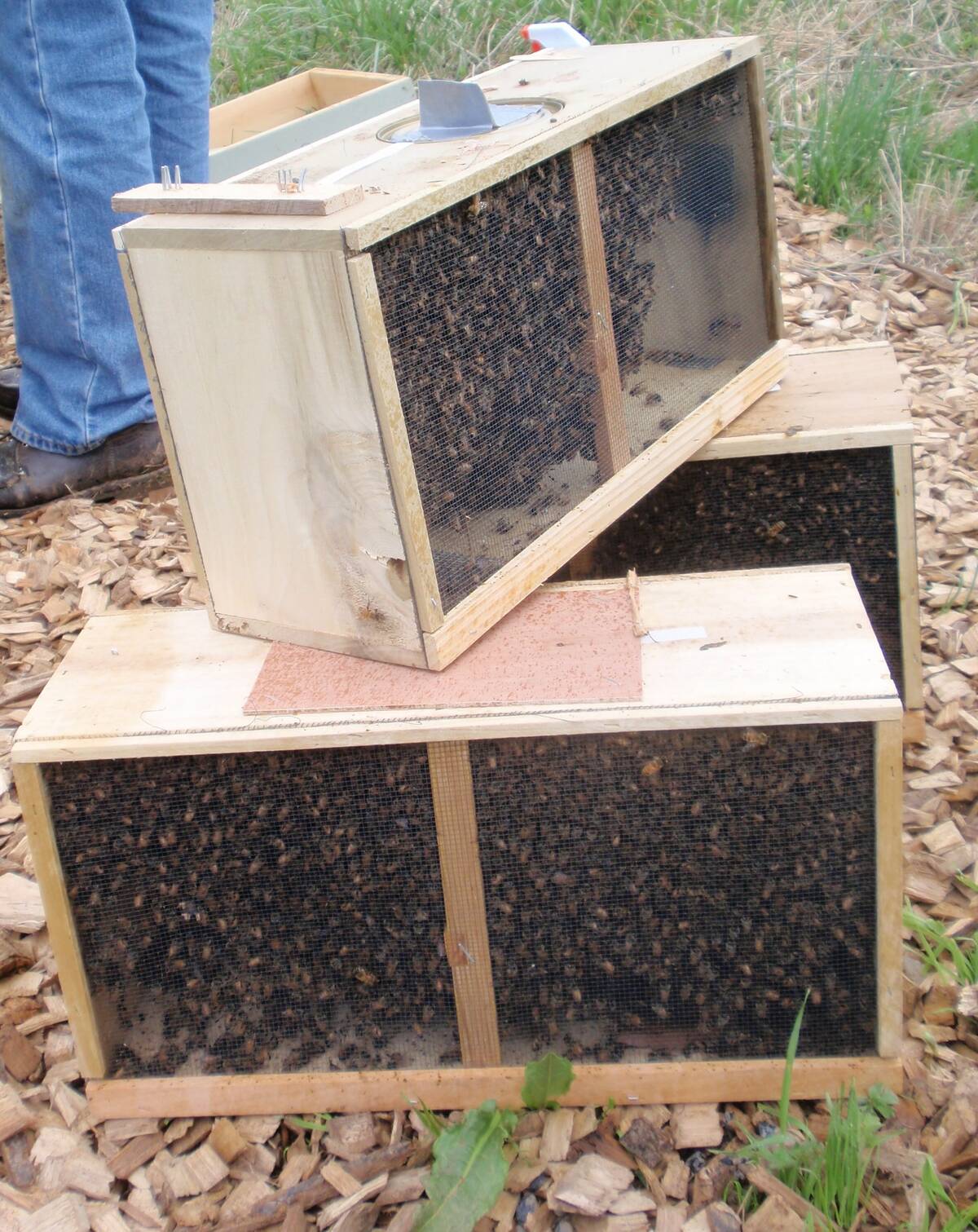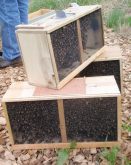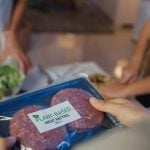It’s been a fairly steady year for intensive livestock feeding operation applications, according to the Natural Resources Conservation Board (NRCB).
The difference over the past few years was a change in the type of livestock being fed. That’s to be expected as livestock markets fluctuate and operators change their expansion plans accordingly.
The NRCB is a quasi-judicial agency that oversees natural resource development and confined feeding operations (CFO). Operating at arm’s length from the Alberta government, it reviews applications for new operations, changes to existing ones, and appeals on both approved and denied applications according to the Agricultural Operations Practices Act (AOPA).
Read Also

Canadian beekeepers call for regulatory accountability
Beekeepers say the Canadian Food Inspection Agency should restore U.S. packaged bee shipments, claiming the agency isn’t following evidence.
Analyzing and making decisions on CFO applications is not an easy or always popular task.
“As a regulator, you’re always going to have someone who thinks that perhaps you could have done the job better,” says Peter Woloshyn, NRCB’s chief executive officer. “Our staff are professional, timely, offer a high level of service, and recognize the fact that different operations need different kinds of support going through the regulatory process.”
Applications for CFOs peaked at 162 in 2002, the first year of NRBC’s operation. Since then, tough times in the industry continue to push the number of applications lower. In 2009, producers filed 104 applications and Woloshyn expects final numbers for 2010 to be about the same. While most applications are for new projects or expansions to existing ones, producers must also file an application when they want to change species or make an amendment to their operation such as building a new lagoon.
Hogs down, dairy up
If you are fairly up to date regarding industry pressures, you can probably predict how applications have changed over time.
“What we’ve found over the last couple of years when the hog industry has been struggling, those applications have been going way down,” says Woloshyn. “On the supply management side, both dairy and poultry have seen a fair amount of activity both in terms of new applications and expansion, though more on the expansion side. Beef was down significantly but has been picking up this year.”
Applications have increased of late in the Peace region, an area that hasn’t traditionally seen a lot of confined feeding action. However, the Highway 2 corridor from just south of Edmonton right down to Lethbridge continues to be the busiest area for the number of operations and applications.
If an application meets the minimum distance separation from neighbours, is consistent with municipal development plans, and can meet regulations for construction standards, it’s likely to be approved. The application process allows neighbours to submit letters of support or concern to the NRCB. Once a decision on the application is made, it can be challenged by neighbours or the operator, with board members at the NRCB deciding if a hearing is justified. While a hearing may delay the project, it is seen as a fair and transparent process for both operators and neighbours.
“Nuisance, traffic, a decrease in property value, odour – there are all sorts of reasons that folks might want an operation to be located somewhere else,” said Woloshyn.
He says that being granted approval does not guarantee an operation actually goes into business. Some of the proposed operations fold before they start because the producers choose to back out.
Risk assessment
The NRCB also oversees an important program that supports the agriculture industry: A risk-based compliance program that proactively assesses operations that fall under specific risk criteria. The program uses a risk screening tool developed by groundwater experts to make a science-based assessment of a site.
While the program may sound solely like additional regulatory control, Woloshyn says that it encourages public confidence in CFOs, which is a good thing for the industry. The tool was first used for a leak-detection program that offered additional benefit to producers. Of the 257 CFOs labelled high risk, the program determined that only about 50 actually warrant ongoing groundwater monitoring, a decrease of 80 per cent.
The one thing the NRCB will not do to help the confined feeding industry is promotion.
“One of the reasons that the AOPA landed at our board was that the department of agriculture was promoting fairly aggressive growth in livestock at the time,” said Woloshyn.
“It was felt that regulation of the livestock industry should be handled elsewhere so that there was no perceived conflict of interest. We are not in the business of promoting. Our work allows the confined feeding industry to address market opportunities in an environmentally sustainable manner. Our job is to ensure they meet standards as set out in the Act.”
———
“Asaregulator,you’realwaysgoingtohavesomeonewhothinksthatperhapsyoucouldhavedonethejobbetter.”
PETER WOLOSHYN














